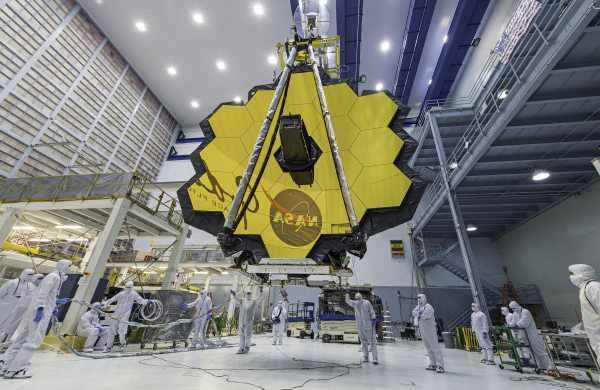
As science continues on its quest to find signs of life beyond planet Earth, the study of exoplanets – planets around other stars – is one of the fastest growing areas in astronomy, holding out the promise of essential clues towards understanding whether and where life might exist elsewhere in the Universe.
Scientists may have found a way of locating distant planets capable of nurturing alien life, claims a study, “Sensitive probing of exoplanetary oxygen via mid-infrared collisional absorption”, published in the journal Nature Astronomy on 6 January.
Recent research, funded in part by Goddard’s Sellers Exoplanet Environments Collaboration (SEEC), and NASA Planetary Science Division’s Internal Scientist Funding Model, has identified a strong signal that oxygen molecules produce when they collide.
The new method of seeking out signs of life would involve looking for oxygen in the atmosphere of exoplanets – worlds outside our solar system.
On Earth, oxygen is generated when organisms such as plants, use photosynthesis to convert sunlight into chemical energy.
Scientists are now hoping that NASA’s James Webb Space Telescope will be able to detect this oxygen molecule signal in the atmospheres of exoplanets, thus offering an instrumental breakthrough in the search for alien life.
Exoplanets are planets outside the Solar System. Their discovery stoked renewed interest in the search for extraterrestrial life, as planets that orbit in a star’s habitable zone, where it is possible for liquid water to exist on the surface, opened up a new field for astronomers.
However, investigating exoplanets has to happen from afar because with current technology, we can’t reach them.
The James Webb Space telescope provides incredible sensitivity for light readings compared to its predecessor, according to NASA, which has worked with Astronomers at UC Riverside in California to develop the new technique.
“This oxygen signal is known since the early 80’s from Earth’s atmospheric studies, but has never been studied for exoplanet research.”
A member of the study team, Edward Schwieterman, a University of California Riverside astrobiologist, added:
When oxygen molecules collide, they block parts of the infrared light spectrum from being seen by a telescope.
However, it’s by examining patterns in that light that scientists hope to determine the composition of the planet’s atmosphere. The researchers caution that an abundance of oxygen on an exoplanet may not necessarily mean life, as it could also indicate a history of water loss due to evaporation of oceans.
Although the oxygen signal is strong, considering the vast cosmic distances, the exoplanets will have to be relatively nearby for Webb to detect the signal the atmospheres.

In this April 13, 2017 photo provided by NASA, technicians lift the mirror of the James Webb Space Telescope using a crane at the Goddard Space Flight Center in Greenbelt, Md.
Webb, an international project led by NASA with its partners, ESA (European Space Agency) and the Canadian Space Agency, will be the world’s premier space science observatory, when it launches in 2021, with the promise of solving many mysteries in the solar system and looking beyond to distant worlds around other stars.
Sourse: sputniknews.com
0.00 (0%) 0 votes


































